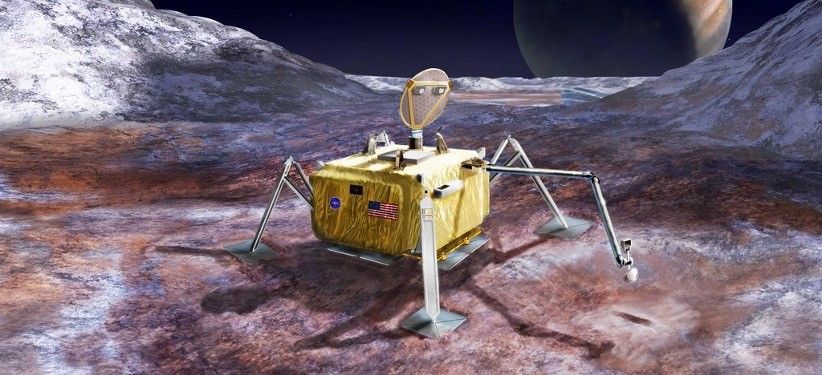NASA engineers at Stennis Space Center near Bay St. Louis, Miss., achieved a major milestone May 1 as they prepare to test RS-25 rocket engines that will help power the new Space Launch System (SLS) on missions to deep space destinations.
A-1 Test Stand operators at Stennis completed a cold-shock test of the new structural piping system needed for the RS-25 engine, setting the stage for engine installation in the coming weeks and hotfire testing this summer. RS-25 engines will power the core stage of NASA’s SLS, which is being built to carry humans deeper into space than ever, to destinations including an asteroid and eventually Mars.
“This is a very exciting time at NASA,” said Gary Benton, RS-25 rocket engine test project manager. “We are moving closer and closer to making unprecedented space exploration missions a reality.”
Renovation of the A-1 Test Stand at Stennis has been under way since last fall with installation of new equipment and components needed to accommodate RS-25 engines, including the cryogenic piping system tested May 1. The piping system is an intricate network that must handle rocket propellants flowing at extremely cold temperatures. Liquid oxygen flows at almost -300 degrees Fahrenheit, while liquid hydrogen is colder than -400 degrees Fahrenheit. RS-25 engines burn a mixture of the two to generate thrust.
The piping must be able to “move” as it expands and contracts due to the extreme temperature changes caused by the propellant flows. The temperature change can be as much as 500 degrees during a hotfire test. To ensure the piping system design allows the necessary movement, NASA engineers flowed liquid nitrogen through it at -320 degrees Fahrenheit and monitored the effects. The data now will be evaluated and any necessary adjustments made.
“A test like this may sound benign since no flammable propellant is used, but it is very significant to make sure we have the proper piping design and setup for engine testing,” said Jeff Henderson, A-1 Test Stand director.
In addition to the piping test, engineers performed checks of the liquid oxygen tank and vent system. They also conducted a calibration run of the new thrust measurement system (TMS), which is particularly critical so engineers can obtain accurate measurements of engine thrust during tests.
A number of additional milestones remain. The upcoming schedule includes installation of additional TMS components and various sequence and equipment checks. All work leads to delivery and installation of RS-25 engine No. 0525 in early summer. Preliminary tests will be run on the engine to collect data on the performance of its new controller and other modifications.
The engine controller regulates valves that control the flow of propellant to the engine, which determines the amount of thrust generated during a hotfire. In flight, propellant flow and engine thrust determine the speed and trajectory of a spacecraft, allowing it to follow the proper flight and orbit path. The controller also regulates the engine startup sequence, including valve positioning and timing. That sequence is especially important on an engine as sophisticated as the RS-25. Likewise, the controller determines the engine shutdown sequence, ensuring it will occur properly in both normal and emergency conditions. Stennis tests will provide data to verify controller performance and its engine startup and shutdown sequences.
Later, NASA will conduct flight acceptance tests of all RS-25 engines planned for SLS use.
“Morale is high as we continue to move forward,” Henderson said.
The SLS Program is managed at NASA’s Marshall Space Flight Center in Huntsville, Ala. For information about NASA’s SLS Program, visit: https://www.nasa.gov/sls/.
For information about Stennis Space Center, visit: https://www.nasa.gov/stennis.
Watch a video about cold-shock testing at Stennis:
Rebecca Strecker
Stennis Space Center, Miss.
228-688-3249
rebecca.a.strecker@nasa.gov

























